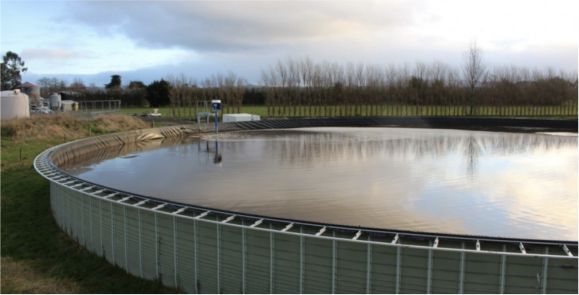
Effluent holding tanks are essential for maintaining a clean and sustainable environment while enjoying the great outdoors. Whether you are camping or boating, these tanks play a crucial role in managing wastewater responsibly. In this article, we will delve into the best effluent holding tanks, their significance, and how they work to help you make informed decisions about waste management during your outdoor adventures.
The Basics of Effluent Holding Tanks
Effluent holding tanks, also known as black water tanks, are containers designed to hold and store human waste and wastewater until it can be properly disposed of in a designated dumping station. These tanks are commonly found in recreational vehicles (RVs), campers, and boats to manage sewage efficiently.
Key points about effluent holding tanks:
- They are made of durable materials such as plastic or fiberglass to prevent leaks and corrosion.
- Most tanks have sensors that indicate when they are nearing full capacity to avoid overflows.
- Proper maintenance and regular emptying are crucial to prevent odors and ensure the tank functions effectively.
How Effluent Holding Tanks Work
Effluent holding tanks operate on a simple yet effective principle of containment and disposal. When using a camper or boat with a holding tank, wastewater from toilets, sinks, and showers is collected in the tank instead of being released directly into the environment. Here's how these tanks work:
The process of effluent holding tanks:
- After each use, waste and water are deposited into the holding tank through the plumbing system.
- The tank seals tightly to prevent any leakage or odors from escaping into the living or recreational space.
- When the tank reaches its maximum capacity, it needs to be emptied at a designated dumping station or through a professional waste management service.
- Some tanks may have a flushing system or cleaning mechanism to maintain hygiene and prolong the tank's lifespan.
Benefits of Effluent Holding Tanks
Effluent holding tanks offer numerous advantages for campers and boaters who prioritize environmental conservation and responsible waste disposal. By using these tanks, outdoor enthusiasts can minimize their ecological footprint and contribute to the preservation of natural habitats. Here are some key benefits:
Advantages of effluent holding tanks:
- Prevent contamination of water sources by containing waste and preventing direct discharge into rivers, lakes, and oceans.
- Ensure compliance with environmental regulations and campground rules regarding waste management practices.
- Reduce unpleasant odors and maintain a clean and hygienic living or recreational environment.
- Promote sustainable and eco-friendly camping and boating experiences by adopting responsible waste disposal methods.
Tips for Maintaining Effluent Holding Tanks
To maximize the efficiency and longevity of your effluent holding tank, it is essential to follow proper maintenance practices and regular cleaning routines. By taking care of your tank, you can prevent malfunctions, odors, and potential health hazards. Here are some tips for maintaining effluent holding tanks:
Effective maintenance strategies for effluent holding tanks:
- Use RV- or marine-safe toilet paper to prevent clogs and facilitate easier breakdown in the tank.
- Regularly flush the tank with water or specialized cleaning solutions to remove buildup and bacteria.
- Avoid dumping harsh chemicals or non-biodegradable products into the tank, as they can damage the tank and harm the environment.
- Monitor the tank's sensors and indicators regularly to prevent overflows and ensure timely emptying.
Effluent holding tanks play a vital role in promoting sustainable outdoor practices and protecting the environment for future generations. By understanding how these tanks work and the importance of proper maintenance, campers and boaters can enjoy their adventures while minimizing their impact on nature.
